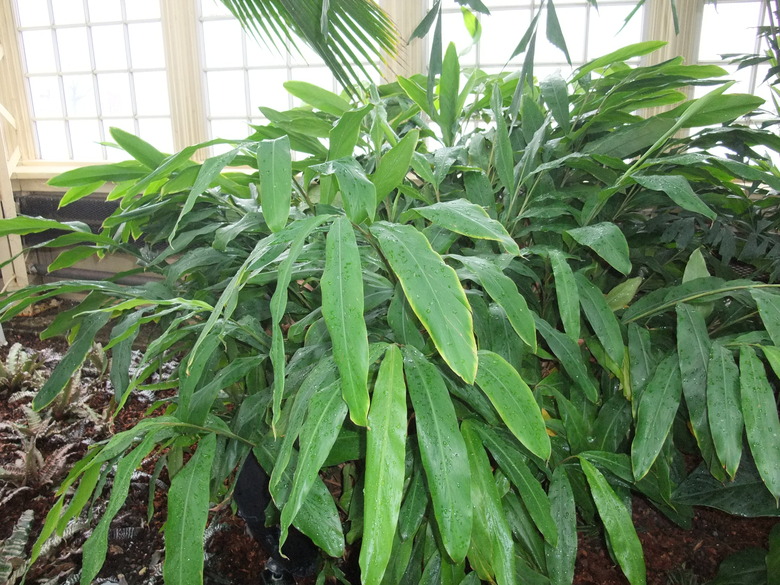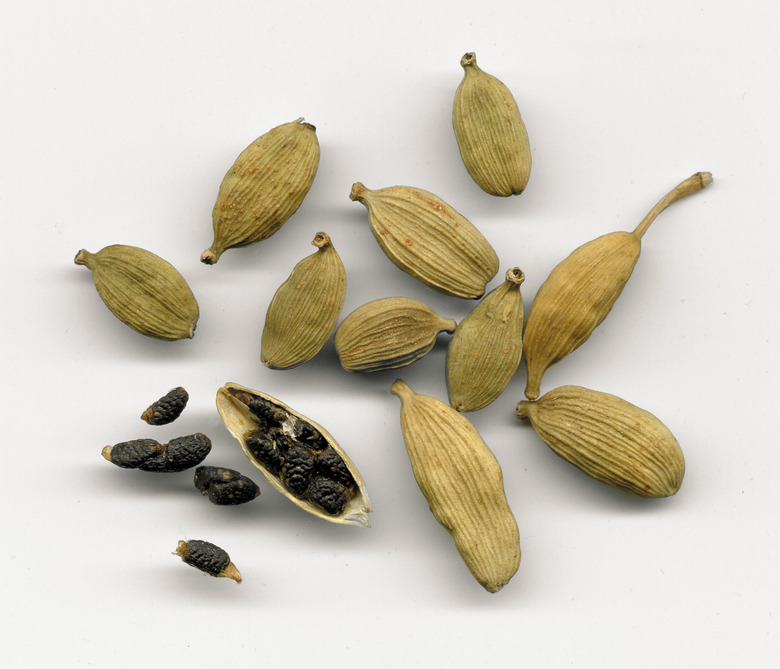How To Grow Cardamom
Cardamom (Elettaria cardamomum) is an evergreen perennial plant in the ginger family, Zingiberaceae. It is native to the tropical rainforests of India and Sri Lanka.
Cardamom seeds are used to make the sought-after spice of the same name that is used in Indian, Middle Eastern, Scandinavian and Asian cuisines, though Guatemala is the globe's largest producer of the spice. In fact, cardamom is the third most expensive spice in the world when measured by weight.
Cardamom plants are hardy in USDA plant hardiness zones 10 to 12. They are also grown for their ornamental foliage.
Cardamom Plant Identification
Cardamom plants are large, clumping herbaceous perennials that have a height of up to 15 feet. Shoots grow from fleshy underground stems known as rhizomes. The fragrant leaves of a cardamom plant are sword-shaped. They grow up to 2 feet long and have a glossy green color.
Cardamom flowers are small and yellow and grow close to the ground. Cardamom fruits are greenish-yellow capsules, each of which contains between 15 and 20 highly aromatic seeds. Because the capsules may split and scatter the seeds if allowed to ripen on the plant, the capsules are harvested green by hand and allowed to dry before the seeds are extracted.
Though cardamom can be grown from seed, propagation is usually done by dividing the rhizomes.
Growing Cardamom Trees Outdoors
As tropical plants, cardamom trees are sensitive to temperatures below 50°F; if they suffer cold injury, they will not bloom the following year. Instead, cardamom plants should be grown in warm climates at temperatures between 65 and 95°F and around 75% humidity.
As rainforest plants, cardamom plants grow best in partial shade rather than in direct sunlight. They do best in soil that has a slightly acidic pH between 5.5 and 6.8. Loamy soil that is kept moist but drains well is ideal for this species. Cardamom plants should be planted 5 to 10 feet apart.
Tip
Because cardamom plants are native to rainforests, they thrive in shady, moist conditions.
Growing Cardamom Plants Indoors
Outside of its hardiness zones, you can grow a cardamom tree as an indoor plant, though indoor specimens will not flower and therefore will not produce seeds. You should also make sure you have enough space for the plant, which can reach a height of up to 10 feet even indoors.
To grow cardamom indoors, you will need a pot that is 10 inches deep and has holes for drainage. For best results, use a loamy growing medium and incorporate organic matter.
Tip
Cardamom plants can be grown indoors for their foliage but will not bloom.
Indoor cardamom plants need soil that is moist, and they thrive in high humidity. A bathroom is a good location for this plant. You'll want to spray the cardamom leaves with water multiple times during the week. You should also place the pot on a tray of wet pebbles.
Cardamom plants benefit from regular fertilization. Feed your plant twice a month with a houseplant formula that contains more nitrogen than potassium.

